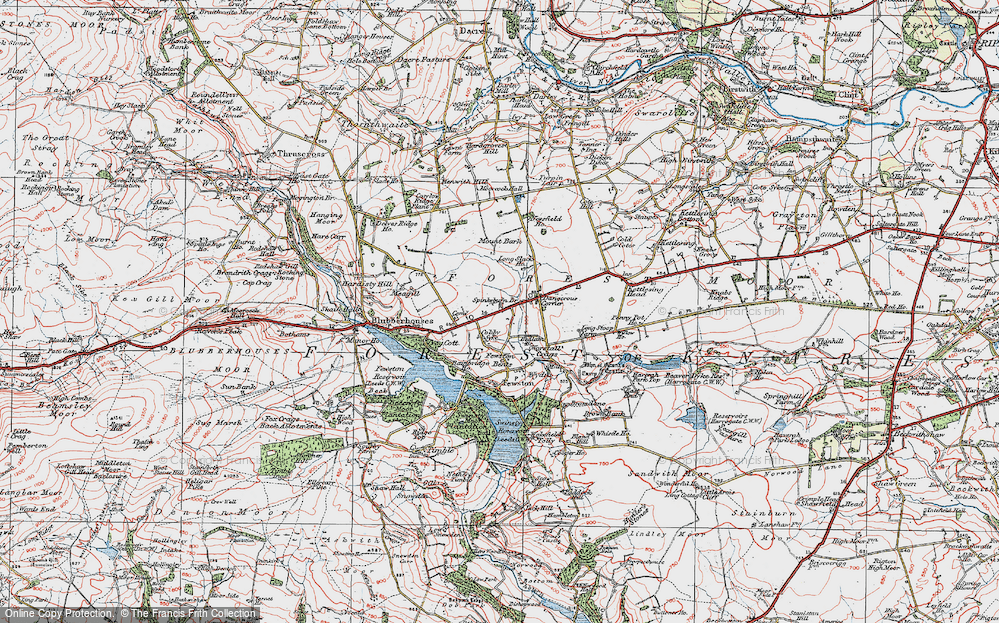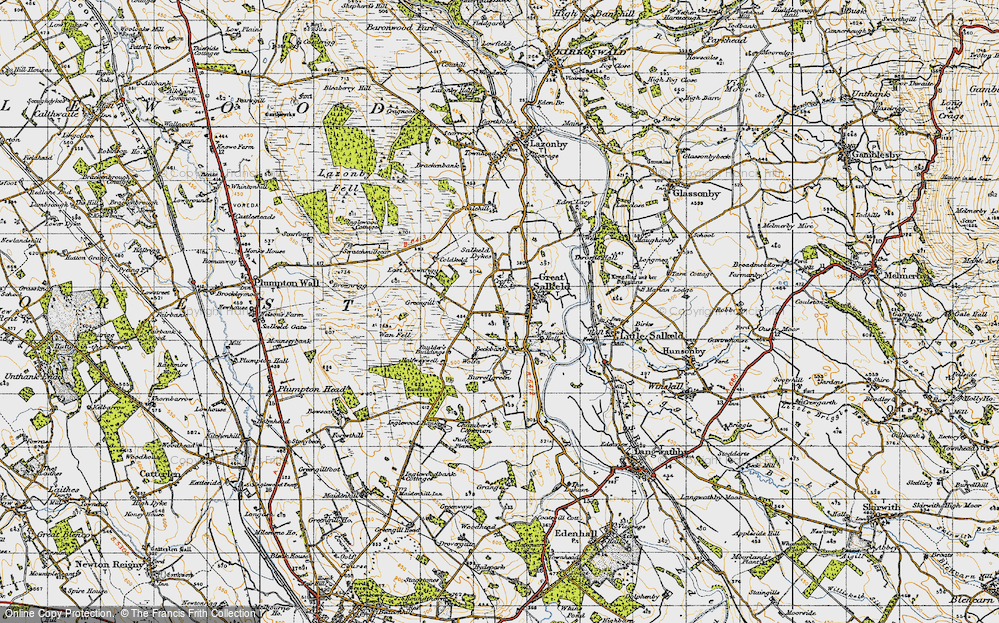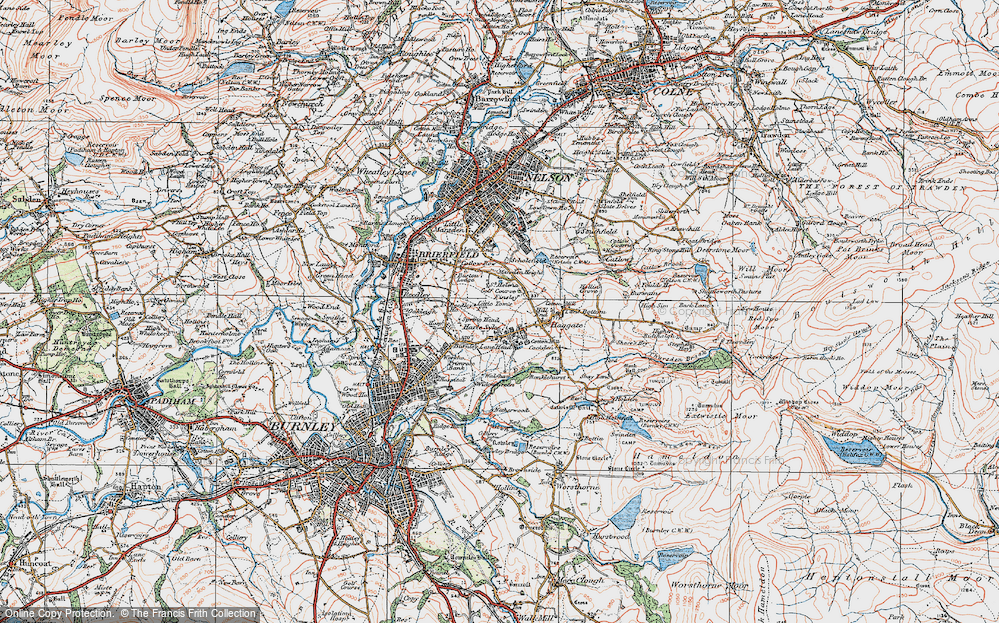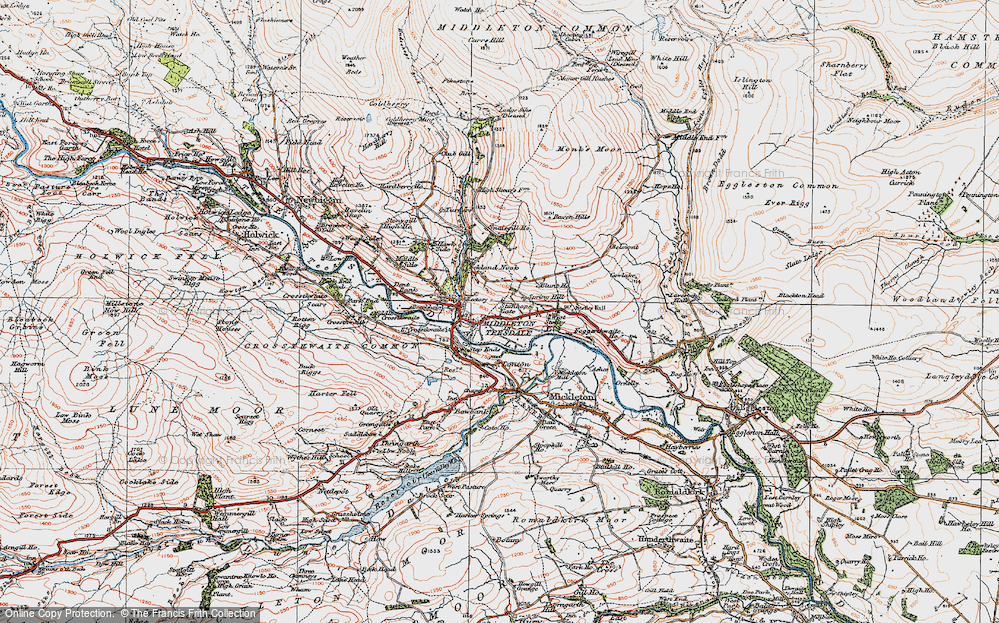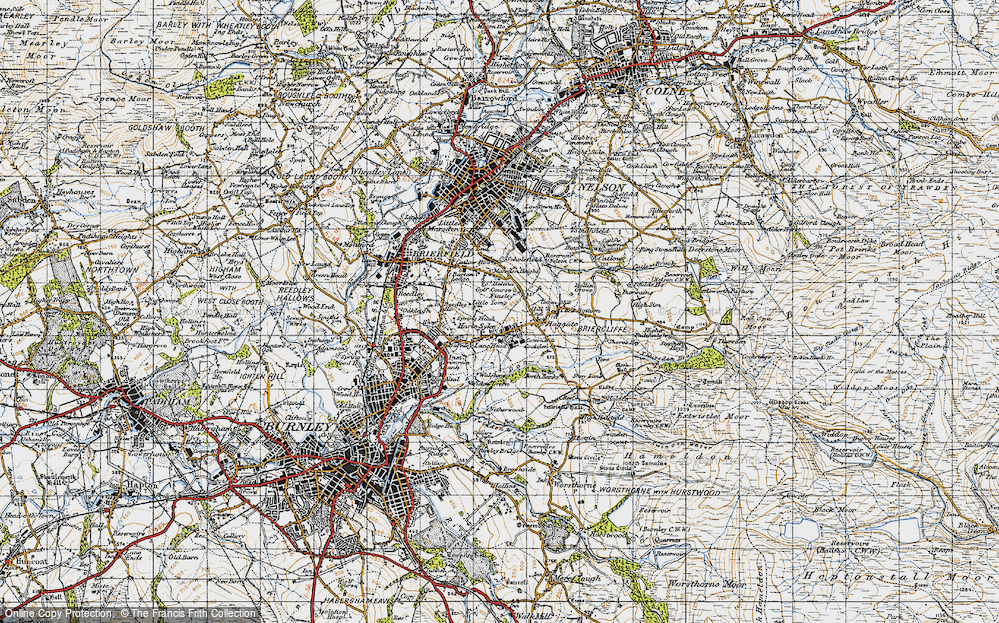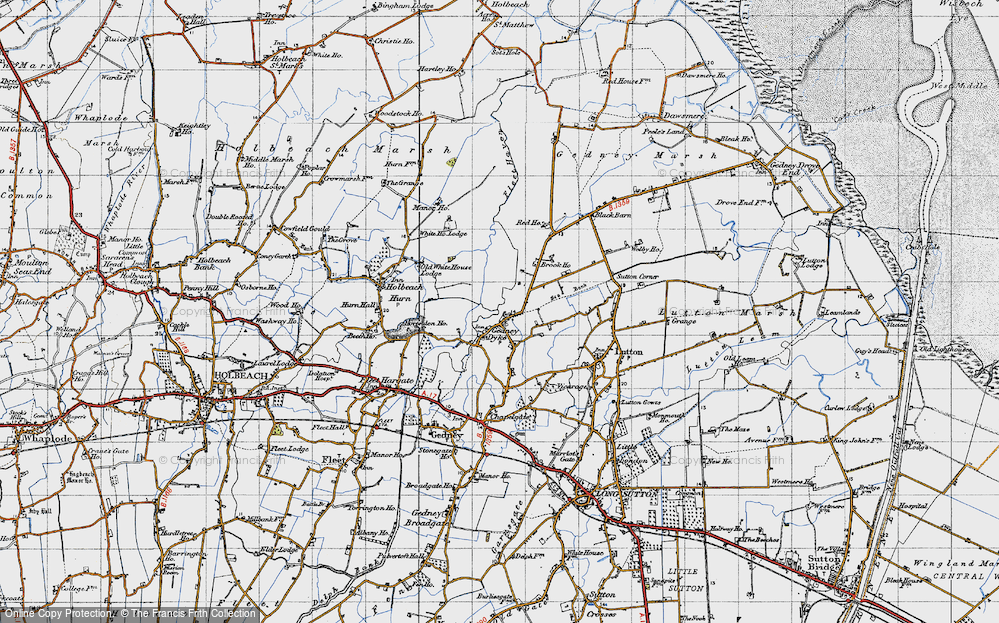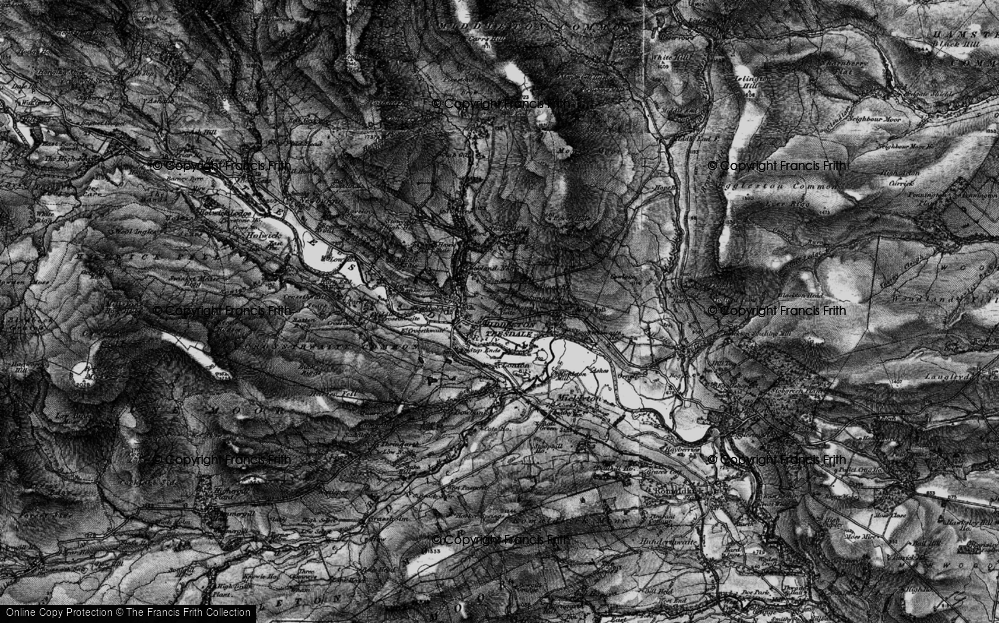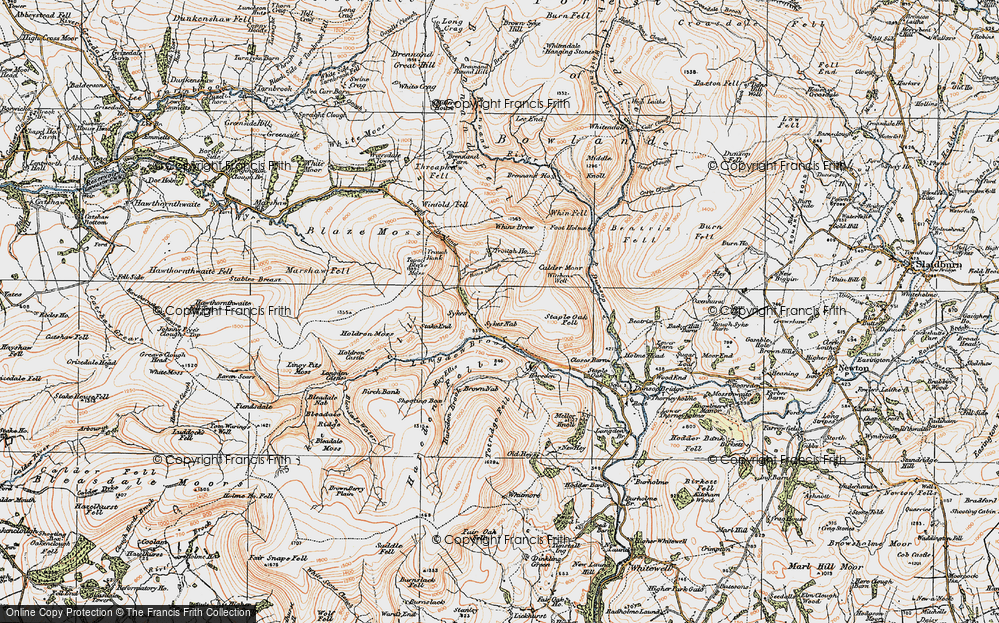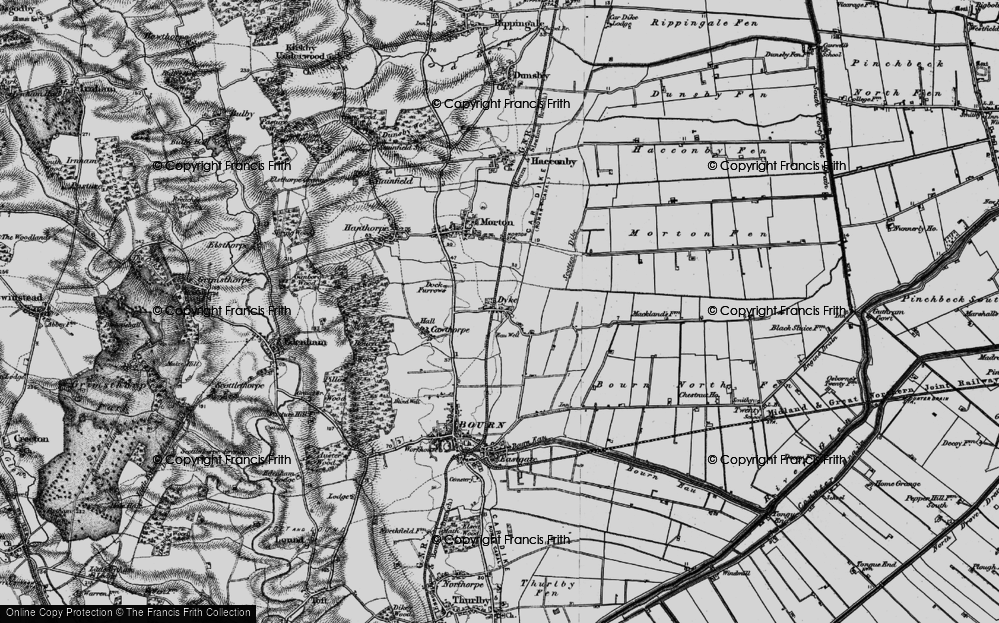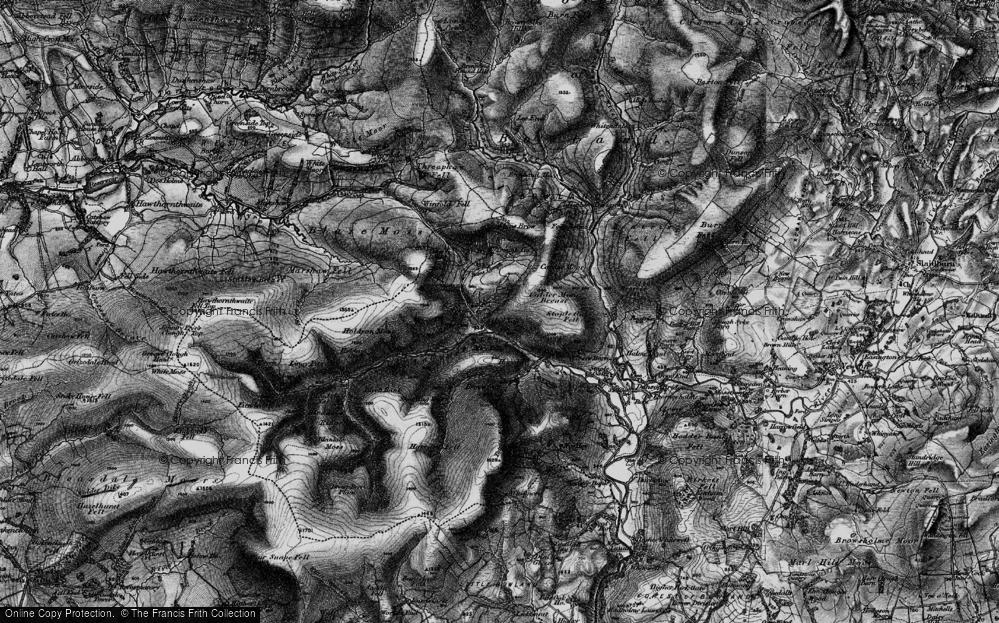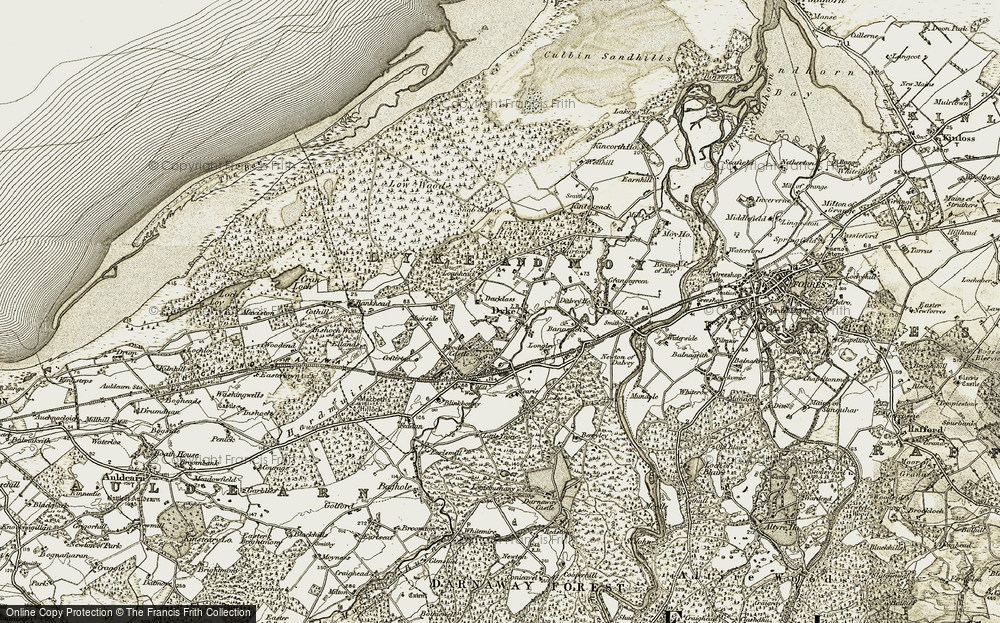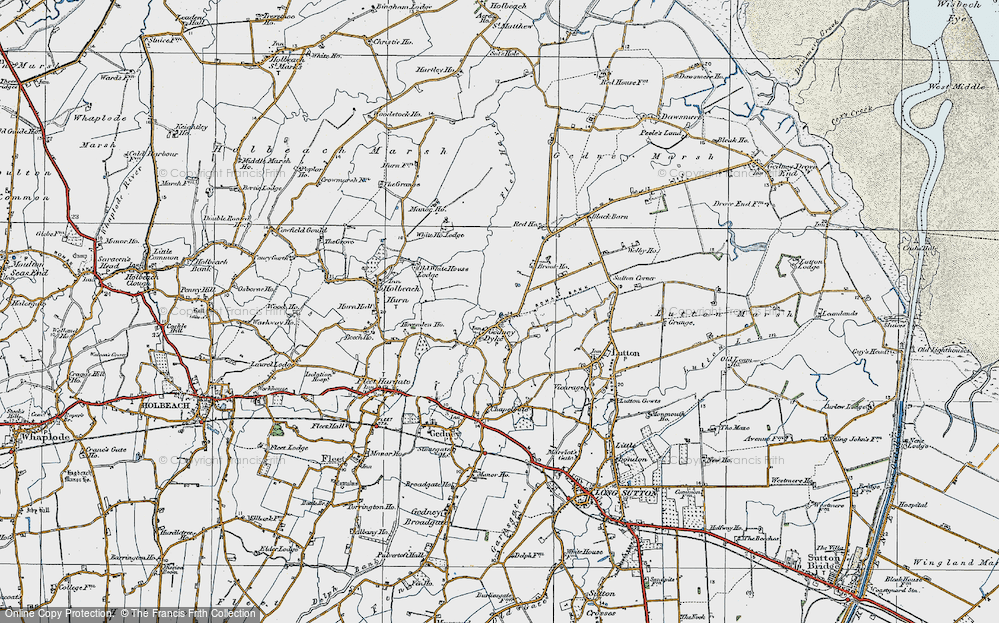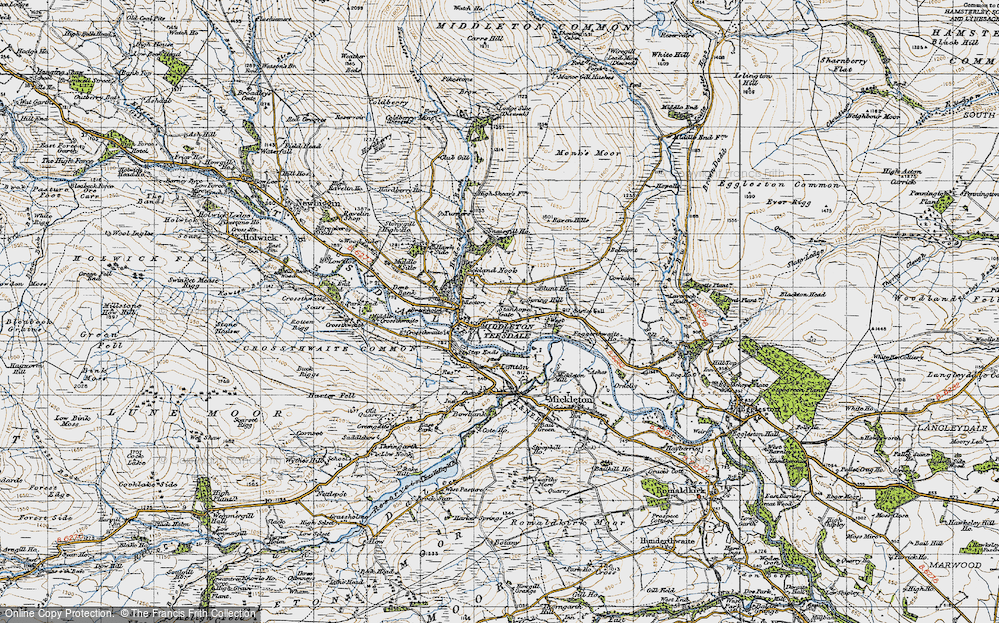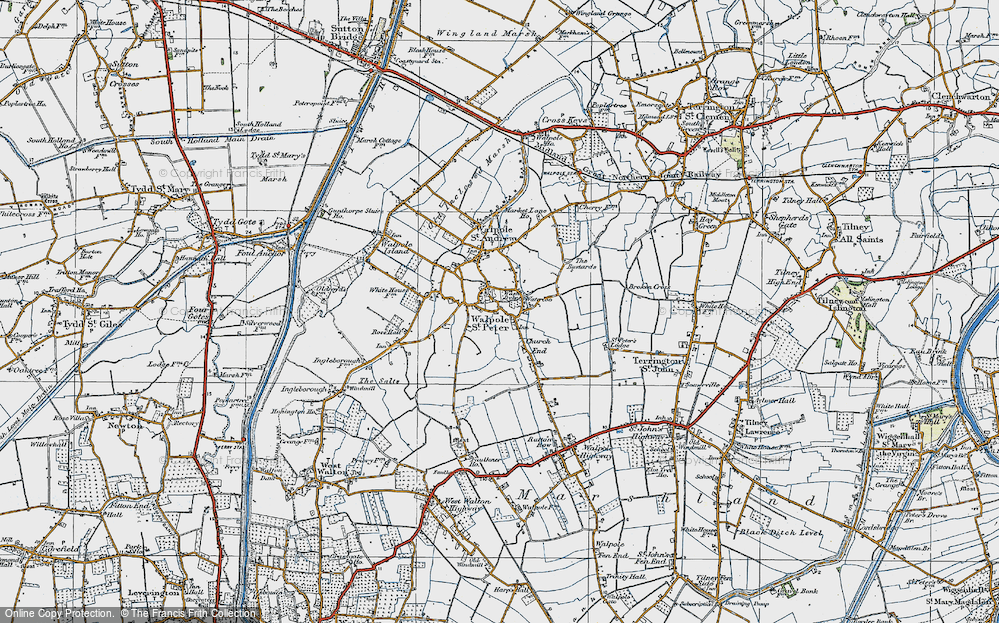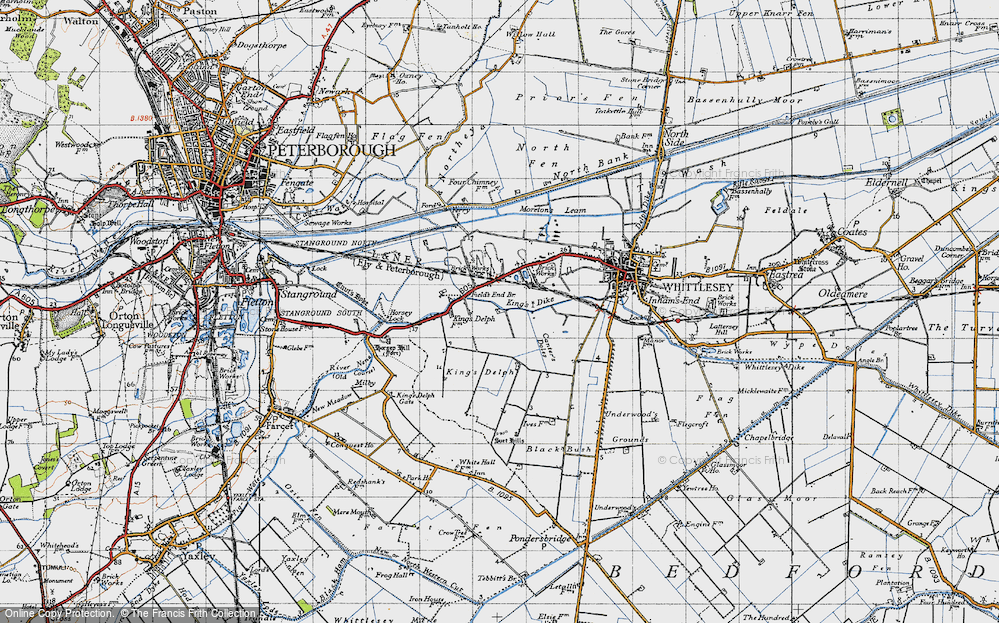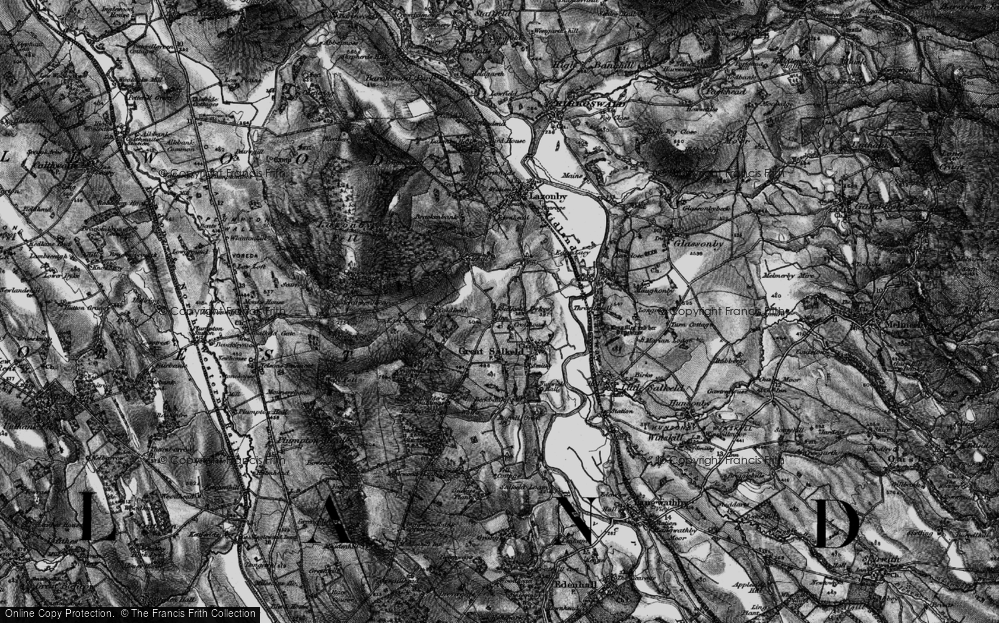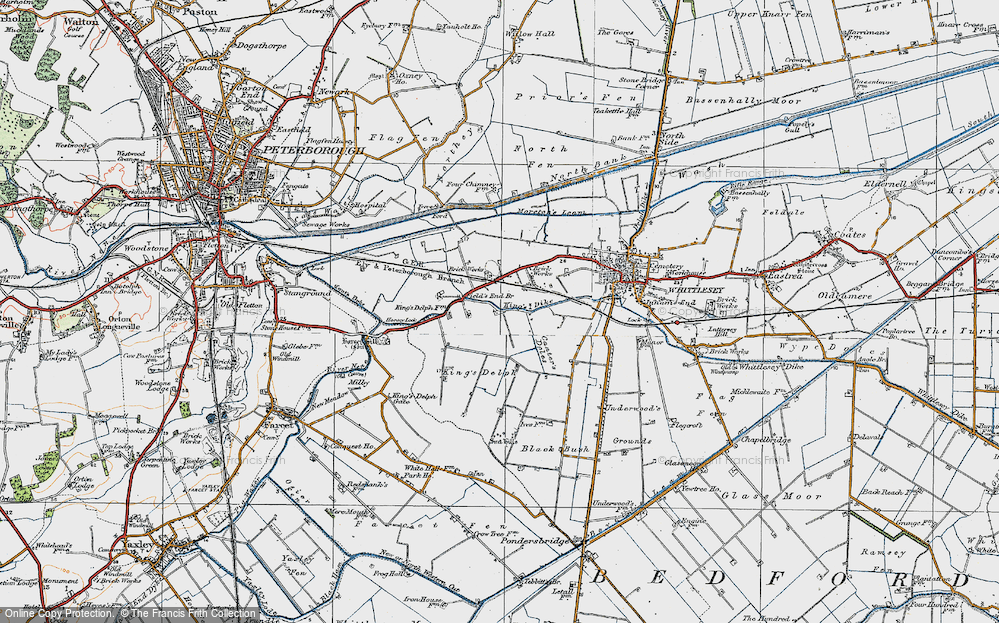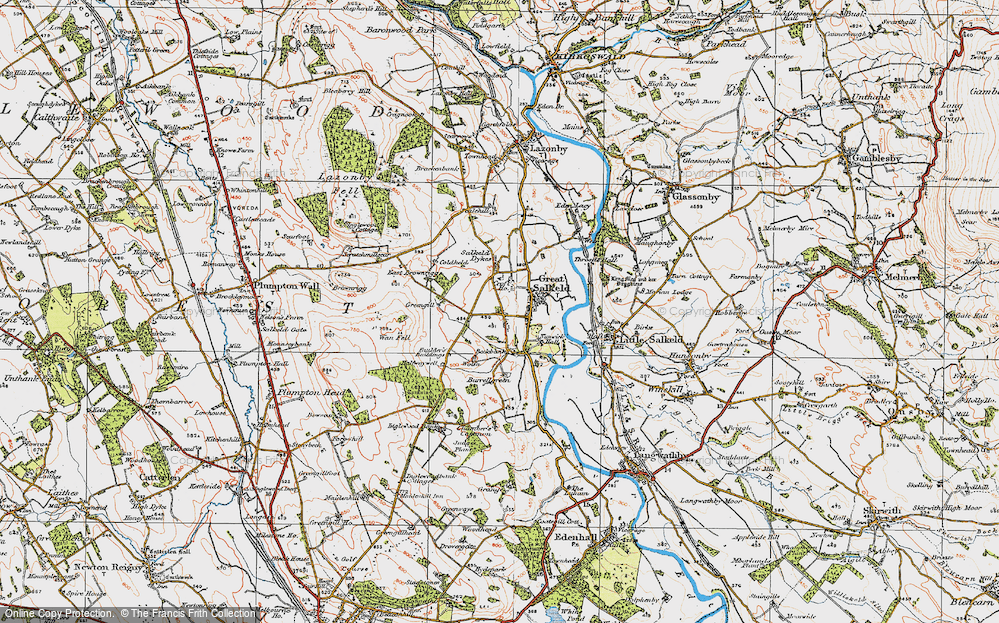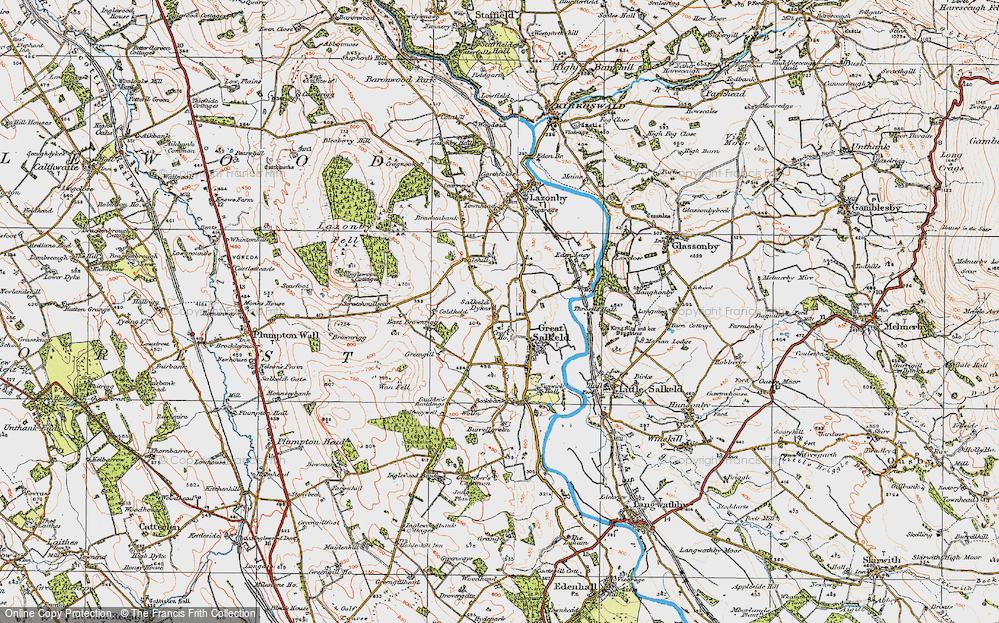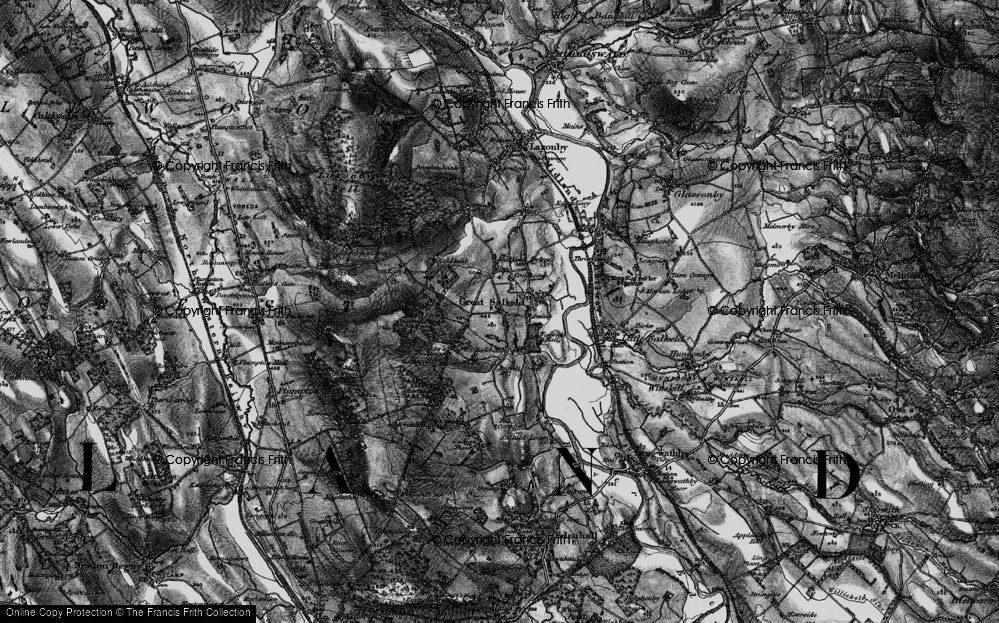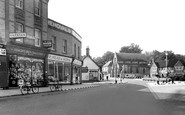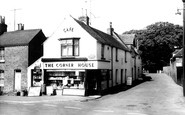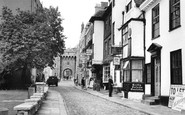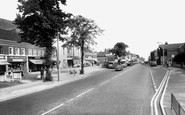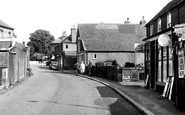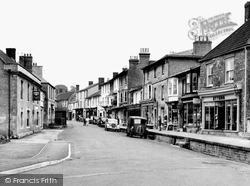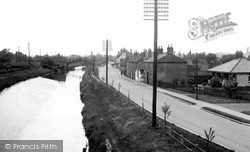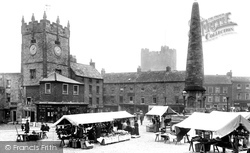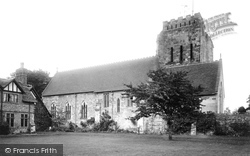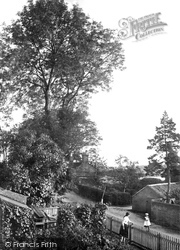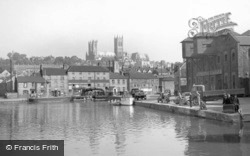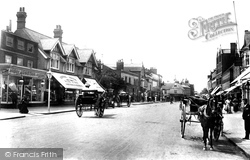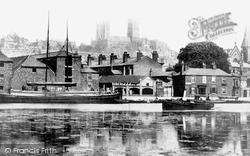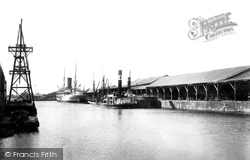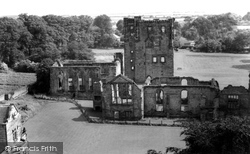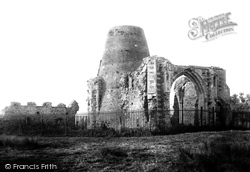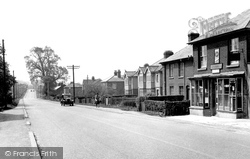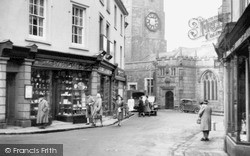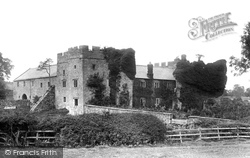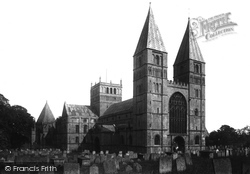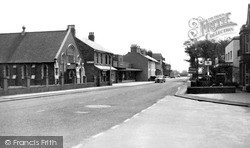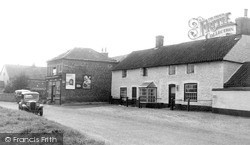Places
10 places found.
Those places high-lighted have photos. All locations may have maps, books and memories.
Photos
33 photos found. Showing results 61 to 33.
Maps
110 maps found.
Books
Sorry, no books were found that related to your search.
Memories
91 memories found. Showing results 31 to 40.
Egham 1960 Onwards
I was born in 1960 in Delham Ave and grew up at 1 the Crescent with my two brothers and sister. My father, Ronald Wykes, took the steam train to Waterloo each day as he was a banker in the city. After he retired he took up a ...Read more
A memory of Egham in 1960 by
St Mildreds Road
The road in the picture, St Mildred's, is where I grew up, opposite the "rec". As a young lad growing up, Minster offered all sorts of adventures; the marshes, the river Stour, Watchester Lane, the woods, fishing, ...Read more
A memory of Minster by
Family History Search Steel Family
I visited Dipton about fifteen years ago with my husband, after discovering that an ancestor, John Steel, who worked with Richard Trevithick on the building of the first steam locomotive in 1804, was born in ...Read more
A memory of Dipton by
Tonsils
When I was about nine years old, the family doctor discovered a very bad case of tonsillitis. "Better have them removed as soon as possible." he tersely told my mother. With a brand new National Health in place, I was placed into Great ...Read more
A memory of Hemel Hempstead by
Boston Manor Part 2
The streets around Boston Manor were more spacious and had bigger houses than Hanwell. Southdown Avenue was very grand. Going towards Elthorne Park I remember Mr Mitchell our geography teacher at Bordeston school lived. On the ...Read more
A memory of Brentford by
Magna Carta
The text to the Egham photographs calls Egham uninspiring. What it may lack in architectural merit (although there are gems if you look closely, perhaps an architect would care to enlighten the readers) is more than made up for by its ...Read more
A memory of Egham in 1965 by
Osterley Park
In 1930 I was born at Northumberland Avenue, Isleworth: parallel to the Great West Road and behind St Francis Church. As Osterley Park was so near I used to play, with my chums, frequently in the grounds of the park. We had many ...Read more
A memory of Osterley in 1945 by
Nell Gwynn's On Church Street
My mother, Josephine Miles, worked with Mrs Thorne who owned the Antiques shop in Church Street, near the Castle. It was called 'Nell Gwynn's'. It was said that it had a secret tunnel that was built by King Charles II ...Read more
A memory of Windsor in 1964 by
Sale Locarno
I will always remember going to Sale Lido for the dancing. The Manager was called Ronald.B. Bloxham, he had a Van Dyke beard and he encouraged the lads to request a dance with a girl, and chat them up. It became the Locarno Ballroom later. We used to go to the local cinema called the Savoy.
A memory of Sale in 1954 by
Childhood In Minster
My two brothers, my sister and I were all born in Minster in what is now called Turner Cottage but was then "The Swifts". My granddad was a village postman and my best friend's granddad was also a postman and we ...Read more
A memory of Minster in 1968
Captions
137 captions found. Showing results 73 to 96.
There was a castle here, which was besieged by King Stephen in 1138, but its keep has long gone; only its outline is marked on the grass of its hill at the end of Bailey Street.
The Roman Foss Dyke canal fell out of use during Anglo-Saxon times, but was restored after the Norman Conquest to become one of the main outlets for the great medieval city's wool and lead exports.
Further south is the Foss Dyke. In the middle distance is the site of the old swing bridge, now replaced by the present 1937 bridge on the A57 bypass upon which the photographer is standing.
Holy Trinity is an unusual building in that several shops, such as the one occupied by King & Son, were built onto it.
The Abbey Church of St Editha dates from Norman times, but Polesworth Abbey is said to have been founded by King Egbert in 827.
Horning's legendary Benedictine abbey was destroyed by invaders, rebuilt in splendour by kings, and was not suppressed by Henry VIII.
The Roman Foss Dyke canal fell out of use during Anglo-Saxon times, but was restored after the Norman Conquest to become one of the main outlets for the great medieval city’s wool and lead exports.
Further south is the Foss Dyke. In the middle distance is the site of the old swing bridge, now replaced by the present 1937 bridge on the A57 bypass upon which the photographer is standing.
A short distance from Staines is the site of an earlier and very important event in English history, Runnymede: here Magna Carta was signed by King John in 1215.
Brayford Pool, a busy inland port that connected Lincoln both to the River Trent via the Roman Foss Dyke and to the sea via the Witham, is much changed now; its warehouses are mostly replaced by offices
Work began in 1902 on a new basin, and it was opened by King Edward VII in July 1908. The Royal Edward dock had a water area of 25 acres and a graving dock 875ft in length.
Probably the castle's most famous, or infamous, owner was William Lord Hastings, who was beheaded by King Richard III in 1483.
The Abbey of St Benet-at-Holm was founded in 1020 AD by King Canute.
A local contractor, Fred Dyke, owned steam-driven vehicles; lumps of red-hot ash would fall from the fire basket under the boiler onto the road.
To the left of Symons, the jewellers (now Castle Jewellers) is the small opening of Sandford Timewells Lane, a narrow cobbled alley which cuts through to Castle Dyke and feels as though it should once
The Act of Union ended border warfare and Henry Blencow who lived here was knighted by King James I and became Sheriff of Cumberland.
To the left of Symons, the jewellers (now Castle Jewellers) is the small opening of Sandford Timewells Lane, a narrow cobbled alley which cuts through to Castle Dyke and feels as though it should once
Southwell is a Norman church built on the site of a Saxon minster founded in AD956 on land given to Oscytel, Archbishop of York, by King Eadwig.
To the left of Symons, the jewellers (now Castle Jewellers) is the small opening of Sandford Timewells Lane, a narrow cobbled alley which cuts through to Castle Dyke and feels as though it should once
Knott-End was once a fishermen's village with a small white customs house, and brave attempts were made to turn it into a resort renamed St Bernard's-on-Sea with an improved promenade and a high-walled dyke
The charter granted by King Charles I gave Kingston the right to ban any other market within seven miles; this right has been used in recent times to stop markets operating in Putney, a
Brayford Pool, a busy inland port that connected Lincoln both to the River Trent via the Roman Foss Dyke and to the sea via the Witham, is much changed now; its warehouses are mostly replaced by offices
There was a weekly market here, granted to the abbey by King John in 1199: it had fallen out of use by the 16th century.
The tower, unusual architecturally for this part of Britain, is thought to have been influenced in style by King Henry VI during his stay in Bolton Hall.
Places (10)
Photos (33)
Memories (91)
Books (0)
Maps (110)


